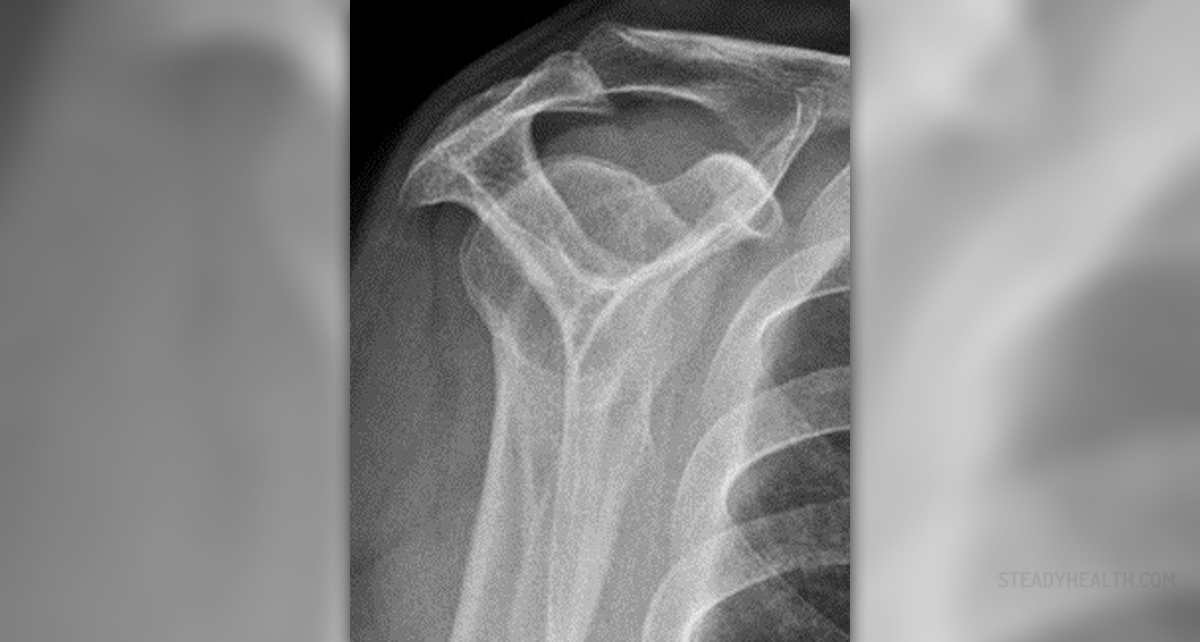
How to recognize shoulder impingement syndrome and why doesit occur?
Shoulder impingement syndrome is a very common condition inaging adults, and it may occur either alone, or in combination with rotatorcuff tendinitis and shoulder bursitis, since it is a result of compression of certaintendons of the rotator cuff. It is easy to recognize it, because first of all,the person in question will feel weakness of shoulder muscles, as well as pain whentrying to reach up behind the back, or when lifting the arm over head. Pain willdefinitely limit the motion. Shoulder impingement may also be a result ofosteoporosis, and in some cases, the patient may even experience the loss ofmovement, or popping or grinding sensation when moving the shoulder.
Physical exam and a few words about the main symptoms areusually enough for a doctor to diagnose the shoulder impingement, even thoughin some cases, X-rays may be required, or ultrasonography, arthrography or MRI scans.With the help of some of these procedures, the doctor will be able to detect jointor rotator cuff pathology, presence of some spurs or changes in the bones andcalcification. In cases of torn rotator cuff, the surgery is sometimes the onlysolution.
What are the most helpful shoulder impingement exercises?
Besides the fact that oral anti-inflammatory medications aremost commonly prescribed for the treatment of shoulder impingement syndrome, therelief may provide applying of ice and heat, since cooling helps in reducingthe inflammation, while heating helps in warming up the muscles, as well as ingetting rid of the tension in muscles. Stretching exercises, particularly ifdone on a daily basis and in a warm shower, may do wonders. It is recommendedto try to reach thumb up and behind the back. It might take some patience andtime to achieve this, but it is highly recommended to work on this move. If theexercises are a part of the physical therapy, then they will be focused onavoiding stiffness in the shoulder area, on strengthening and stretching theshoulder muscles, as well as on maintaining the range of movement. A physicaltherapist should supervise the performance of these exercises, since it is veryimportant to do them properly. Activities that require moving the elbow abovethe level of the shoulder should be avoided, as well as any repetitive actions.


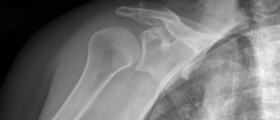

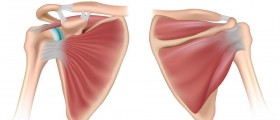
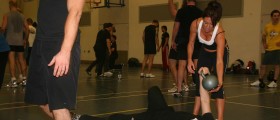



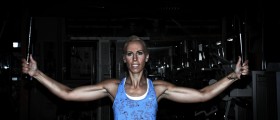







Your thoughts on this
Loading...